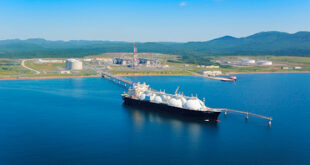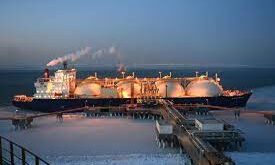Reuters reports that while the LNG market is growing year on year. LNG export and import terminals are shrinking. Indeed. the LNG sector`s next-generation infrastructure is being designed for customers looking to purchase smaller quantities and sign shorter. more flexible contracts.
LNG export terminals have traditionally been large-scale. custom-built facilities costing tens of billions of dollars. As a result. to justify the investment. they typically required equally large. long term supply deals (often lasting a decade or more).
In contrast. future projects are featuring new modular-style designs built to snap together like Legos. This allows for small to mid-scale liquefaction or regasification plants that can be expanded if and when demand grows.
These facilities. with far smaller liquefaction units – known as trains – are `more consistent with market conditions.` said John Baguley. chief operating officer of Australia-based LNG Ltd. which has proposed mid-scale LNG plants in the US and Canada.
In 2008. the average contract was for 18 years and more than 2 million tpy. By 2016. it had dropped to less than eight years and less than 1 million tpy.
These figures clearly demonstrate a departure from the traditional large-and-lengthy contracts. and a transition to the new trend of smaller and more flexible short term orders.
This impact on LNG terminal design is further evidence to suggest this will be a long term shift for the industry.
 Iran Energy News Oil, Gas, Petrochemical and Energy Field Specialized Channel
Iran Energy News Oil, Gas, Petrochemical and Energy Field Specialized Channel




